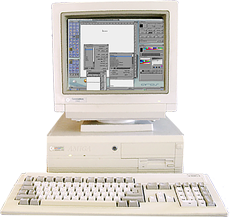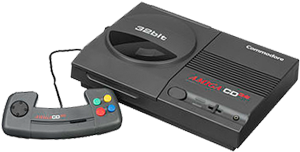Amiga – The Multimedia Powerhouse of the 1980s

The Amiga was a groundbreaking line of home and professional computers developed by Commodore between 1985 and 1994. Based on the Motorola 68K architecture, Amiga systems introduced a host of innovative features far ahead of their time, including:
- 4,096 on-screen colors
- Hardware-accelerated graphics
- Stereo PCM audio
- Preemptive multitasking
- A mouse-driven graphical user interface
These capabilities made the Amiga the first affordable multimedia computer, long before the term “multimedia” became mainstream. It quickly became the go-to platform for graphic designers, digital artists, animators, musicians, DJs, and video editors—many of whom launched their careers on an Amiga. That said, its most popular application was undoubtedly video gaming.
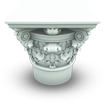 The Short History of Amiga Computers
The Short History of Amiga Computers
The Amiga’s story begins with Jay Miner, one of the key engineers behind Atari’s 2600 and 8-bit systems. Along with Larry Kaplan (also ex-Atari), Miner envisioned a hybrid device that merged the power of a personal computer with the accessibility of a game console. This vision evolved into the "Lorraine" chipset, developed under their startup, Amiga Corporation.
However, Amiga Corp. ran out of funding and was ultimately acquired by Commodore, which took over the "Lorraine" project. After resolving legal disputes with Atari, Commodore finalized the design and operating system, launching the Amiga 1000 in July 1985. It was followed by the Amiga 2000 and the highly successful Amiga 500 in 1987.
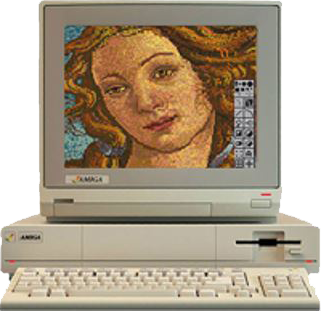
Despite its early success, Commodore's decline came swiftly. Years of poor management, lackluster R&D, and repeated missteps in product development culminated in bankruptcy in April 1994. Yet, the Amiga community lives on, with active software and hardware development continuing to this day. Even AmigaOS still receives occasional updates.
- In April 1995, Escom, a German PC manufacturer, purchased Commodore International for $14 million and briefly resumed production of the A1200 and A4000
 The Amiga Operating System
The Amiga Operating System
AmigaOS was one of the earliest operating systems to combine a GUI with preemptive multitasking on a home computer. Even in its earliest versions, it was remarkably efficient:
-
Boot Process:
-
Loads the kernel (Kickstart)
-
Initializes system modules
-
Launches the desktop environment (Workbench)
-
-
Key Features:
- Combines GUI and CLI (Command Line Interface)
- True preemptive multitasking with as little as 256 KB of RAM
- Exec multitasking kernel
- Filenames up to 107 characters
- No memory protection (due to lack of MMU in original 68K CPUs)
- Memory protection was added in AmigaOS 4
Influence: AmigaOS inspired later alternative systems like MorphOS and AROS, which continue its legacy today.
 Amiga Models and Sales
Amiga Models and Sales
Below is an estimate of Amiga sales by region, based on historical data:
Table: Geographical distribution of Amiga sales
|
COUNTRY/REGION |
UNITS SOLD |
|
United Kingdom |
1.5 - 1.8 million |
|
Germany |
1.4 - 1.7 million |
|
Italy |
700,000 - 840,000 |
|
U.S. & Canada |
600,000 - 720,000 |
|
France |
275,000 - 330,000 |
|
Scandinavia |
90,000 - 110,000 |
|
Rest of Europe |
80,000 - 95,000 |
|
Rest of World |
400,000 - 480,000 |
Notes:
- Total Estimated Sales: Over 6 million Amiga units worldwide
- The Amiga 1000 was widely available from early 1986
- The A500+ was never officially released in the U.S.
- The CD32 was not sold in the U.S. due to legal restrictions
- The A4000T was released in limited quantities by Commodore and later in larger numbers by Escom (with 68040/68060 CPUs)
Table: Amiga Models & Units Sold
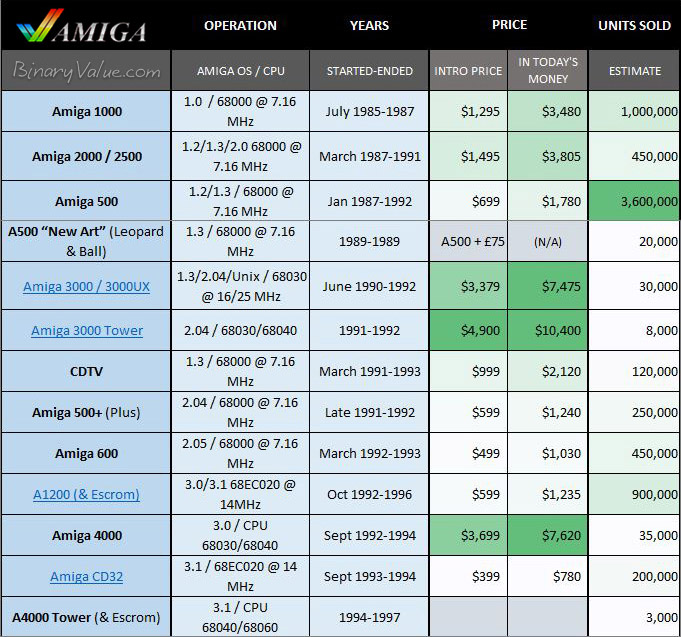
Commodore's Stock Chart
The accompanying chart (image) shows the rise and fall of Commodore’s stock price, aligned with the release of key products.
Image: Commodore stock market price

Notes:
- Not all Commodore models are included in the graph
- A 3:1 stock split in 1980 significantly increased early share values
- Commodore stock peaked during the golden era of the C64 and Amiga
Link: Explore a rare presentation from the early days of the Amiga project: » Historical Amiga presentation from 1984
■ Commodore Amiga
G.P. for Binaryvalue.com (c)
Sources:
- Amiga.org
- Wiki.amigaos.net
- Wikipedia.com














 TOP-10 APPS
TOP-10 APPS


